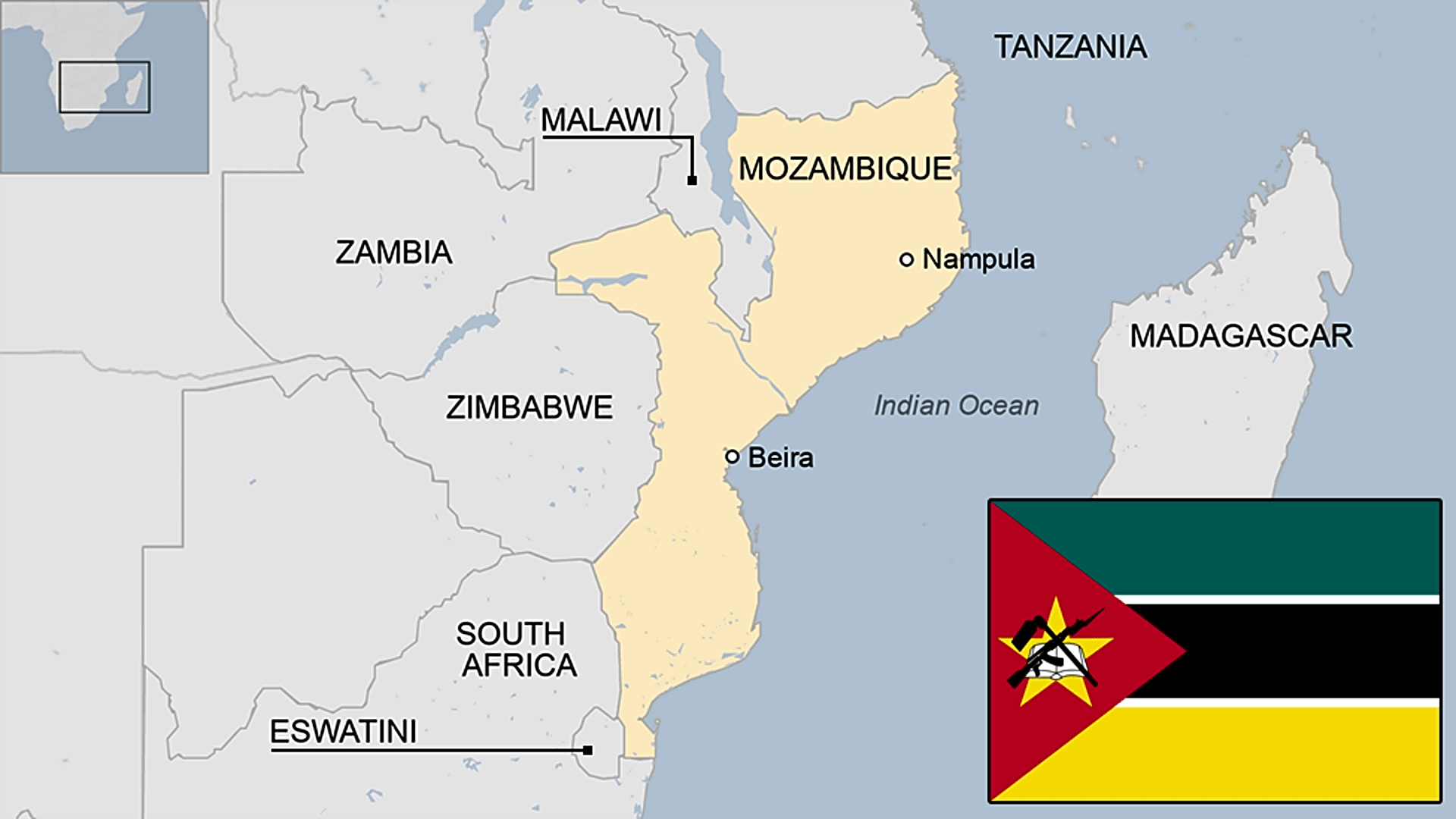Introduction
The advent of Artificial Intelligence (AI) is reshaping global landscapes, driving innovation, and creating new opportunities across various sectors. Recognizing the transformative potential of AI, Nigeria has embarked on a strategic journey to harness this technology for socio-economic development. The Federal Ministry of Communication, Innovation and Digital Economy (FMCIDE) has spearheaded the creation of Nigeria’s National AI Strategy (NAIS) to position the country as a leader in AI adoption and innovation.
Vision and Objectives
Nigeria’s vision is clear: to become a global leader in AI through responsible, ethical, and inclusive innovation. The strategy aims to leverage AI for sustainable development, economic prosperity, and human well-being. The NAIS outlines three primary objectives:
- Economic Growth and Competitiveness: Enhance productivity, create new industries and jobs, and attract foreign investment.
- Social Development and Inclusion: Improve access to essential services, address social challenges, and empower citizens.
- Technological Advancement and Leadership: Foster indigenous AI expertise, establish ethical frameworks, and position Nigeria as a global AI leader.
Strategic Pillars
The NAIS is built on five key pillars that guide its implementation:
- Building Foundational AI Infrastructure: Establishing affordable and localized infrastructure to support AI development, including high-performance computing (HPC) resources and AI-specific hardware and software.
- Sustaining a World-Class AI Ecosystem: Creating a robust ecosystem of partners, collaborators, academia, and a skilled workforce through training programs, industry-academia partnerships, and funding mechanisms.
- Accelerating AI Adoption and Sector Transformation: Promoting AI adoption across various sectors to drive innovation and productivity.
- Ensuring Responsible and Ethical AI Development: Developing ethical principles and governance frameworks to guide AI deployment, ensuring fairness, transparency, and accountability.
- Developing a Robust AI Governance Framework: Establishing regulatory bodies and frameworks to oversee AI development and ensure alignment with national priorities.
Ecosystem Mapping and SWOT Analysis
Nigeria’s AI ecosystem includes diverse stakeholders such as government agencies, professional groups, startups, and non-profits. The strategy identifies key strengths, weaknesses, opportunities, and threats (SWOT) to inform its development:
- Strengths: Government support, a youthful talent pool, vibrant private sector, and emerging tech hubs.
- Weaknesses: Limited infrastructure, investment in AI R&D, and digital literacy.
- Opportunities: Emerging market potential, funding and investment opportunities, and leveraging AI to address local and global challenges.
- Threats: Macroeconomic instability, social unrest, and geopolitical challenges.
Implementation and Risk Mitigation
The NAIS outlines a comprehensive implementation plan with actionable initiatives across its strategic pillars. Key strategies include deploying HPC resources, establishing AI partnerships, and fostering international collaboration. The strategy also emphasizes risk mitigation through robust governance, transparency, and addressing ethical concerns related to AI.
Conclusion
Nigeria’s National AI Strategy represents a bold and visionary approach to leveraging AI for national development. By focusing on building foundational infrastructure, sustaining a world-class ecosystem, accelerating adoption, ensuring ethical development, and developing robust governance frameworks, Nigeria aims to transform its economy and society. The successful implementation of the NAIS will position Nigeria as a leading AI hub in Africa and globally, driving sustainable development and inclusive growth.
Get a copy of the document from a linkedIn post by the Minister of Communications, Innovation and Digital Economy of Nigeria


